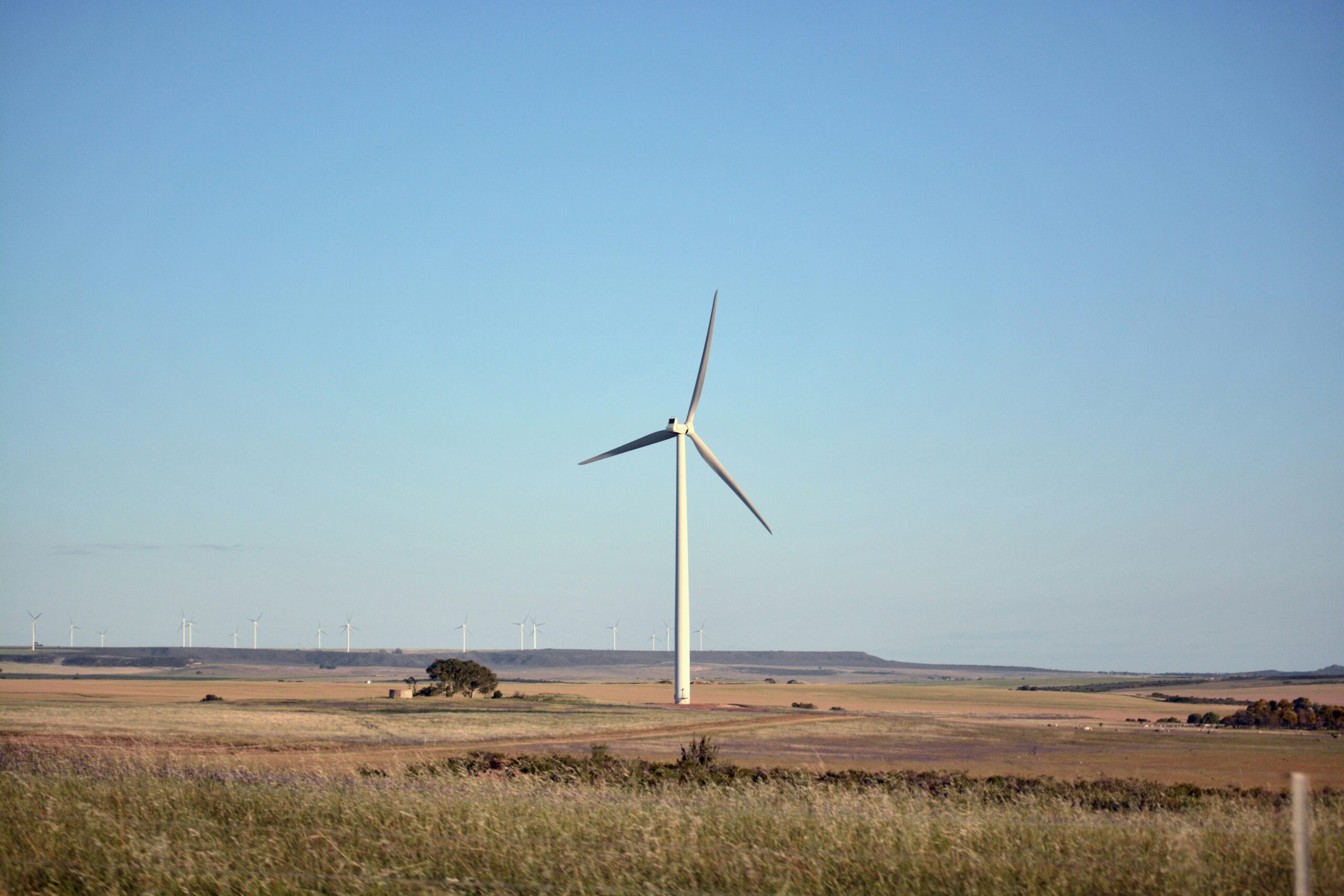
Renewable energy investment will increasingly become a prominent aspect of state and federal budgets across Australia, as an alternative to traditional fossil-fuels. The unique nature of renewable assets means that parties much take into account specific risks and concerns during contract formation, to avoid potential disputes as matters progress.
Delivery Models
Delivery models for renewable infrastructure will typically involve a set of contracts that provide for the engineering, procurement, construction, operation and maintenance of the facility.
Whilst tailored models may be developed, this will typically involve two separate contracts, being an:
- Engineering, Procurement, and Construction Contract (EPC Contract); and
- Operate and Maintain Contract (O&M Contract).
These contracts will typically be entered into by a Principal or Developer with a Head Contractor.
In addition to this, the Head Contractor will typically also have a number of key contractors, suppliers, and consultants, who have specific scoping allocations. Given the significant scope that may be associated with a renewable energy asset, typically one contractor will not be able to deliver the entirety of the works.
This is further exemplified through the often-specialised nature of equipment needed for these works. This may require liaising with international suppliers for the manufacturing, delivery, and installation of equipment, which will ordinarily be critical to the effective delivery of the project.
Key Scopes of Work
While each project will have its own specific requirements, there will often be significant civil and electrical work necessary to enable the delivery and operation of renewable infrastructure. A Head Contractor may elect to self-perform part, or all, of these works, or engage a specialist subcontractor to deliver them.
For instance, where works are in remote areas, civil infrastructure such as roads and accessways will need to be constructed to allow for access to the site, both to enable construction and for ongoing maintenance. This may also include constructing lay down areas, excavation and clearing certain areas, and development of areas that may need to be utilised for future works.
Furthermore, electrical works will also be necessary to enable delivery. These include provision of equipment, materials, and services related to connecting the renewable infrastructure to the wider power grid, and otherwise ensuring that is operates as intended from an electrical integration standpoint. This may include installation of transformers, circuit breakers, and development of auxiliary power systems.
Pending the specific renewable infrastructure, there may also be a need for heavy crane capabilities necessary to deliver the infrastructure. The specific scope of these works will need to be considered against the wider project, as enabling works may require additional (or higher standard) civil assets to be delivered. This is especially the case where heavy machinery and equipment needs to be delivered in remote areas, only accessible through the accessways and civil infrastructure being delivered in connection with the project.
Procurement Concerns
Parties should carefully consider what specific materials and equipment will need to be procured in respect of the project.
Where international sourcing of certain equipment is required, parties should carefully consider how this equipment will be procured, delivered and installed. Importantly, the party responsible for procuring such will need to ensure they make relevant allowances not just to risks associated with the quality and “fitness for purpose” obligations, but also for potential changes in foreign currency markets. Further, contingency will need to be allowed for potential late delivery of the equipment, which might have overall program impacts that effect wider project delivery.
Legal Support
Lamont Project and Construction Lawyers have extensive experience working across the lifecycle of renewable infrastructure projects, from project development, contract negotiation, ongoing project support, dispute avoidance and support, through to practical completion.
By providing clients a tailored approach to contract negotiations and project support, we can ensure that our clients are best positioned regardless of the particular circumstances.
If you have any questions about your current or future projects, please do not hesitate to contact Lamont Project and Construction Lawyers for a discussion on how we can assist you.
Contact: Peter Lamont or Ryan Bryett
Email: peter@lpclawyers.com or ryan@lpclawyers.com
Phone: (07) 3248 8500
Address: Suite 2, Level 2 349 Coronation Drive, Milton Qld 4064
Postal Address: PO Box 1133, Milton Qld 4064
